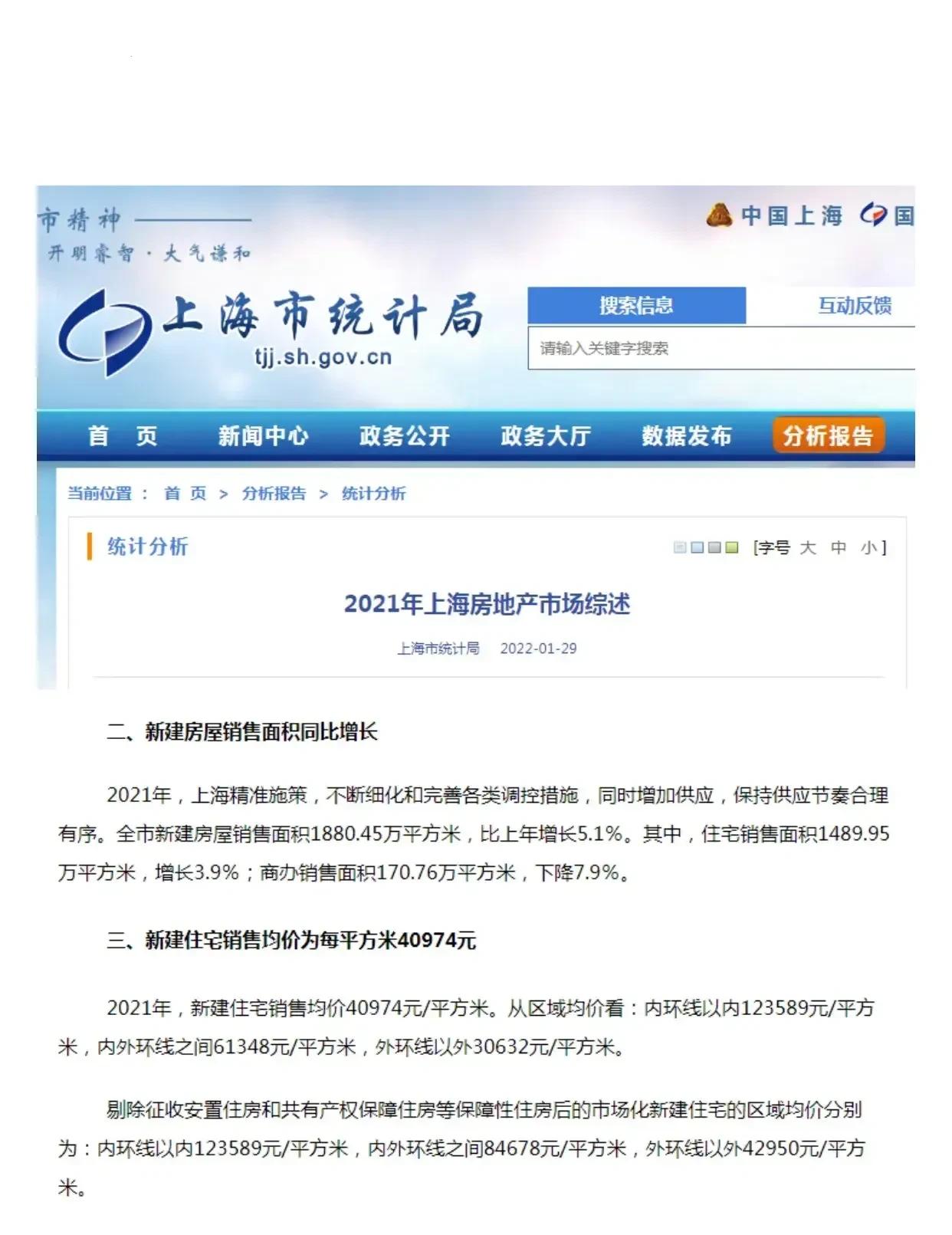【Shenzhen property market transaction rate, turnover rate are problematic】
(1) Quasi-interruption of flow is the reality of Shenzhen
In the "Shenzhen Second-hand Housing Crisis", it has been inferred by mathematical theory that the second-hand housing in Shenzhen has gradually fallen into the situation of quasi-cut flow. For the market, price increases and price reductions are actually benign and normal, but it is very dangerous to cut off the flow.
Not to mention the interruption of the land economy, which has the nature of the source and the nature of the origin, and allowing it to continue will have an overall impact, don't think that it is just a matter of real estate.
Since real estate is the origin and source point of all economic and human behaviors, and also the total attribution of value, the release of land value has the decisive significance of the first nature.
The reason why Shenzhen has today is that it has launched the land economy from the very beginning and directly realized the capitalization of everything possible. With the release of the value of the land, there is finally all this today.
Then Shenzhen cannot give up the land economy, otherwise it will be chronic suffocation. The release of land value must be guaranteed by the transaction link. Value needs to be created, and value needs to be exchanged. There is no exchange, no value, no more value, and everything deteriorates!
But there are many people whose understanding of this is vague, and even some people of status have luck in this. Today, we assume that Shenzhen maintains the state of quasi-interruption of the secondary market, so how big will the next impact on Shenzhen house prices be? In order to popularize the understanding, I first display a piece of content that should be hidden after payment.
(2) There are problems with the transaction rate and the turnover rate
"Shenzhen Second-hand Housing Crisis" Shenzhen's new housing transactions belong to the same level as Shanghai and Beijing. However, second-hand house transactions are extremely low. Therefore, the second-hand house has a crisis, of course, some people will say that Shenzhen has less stock, so it is normal for the second-hand house to change hands less. Well, if you say so, it means that there are fewer new house transactions in Shenzhen! There is always a problem with one end.
To see things more holistically, I've added an indicator to the 10,000-person average. That is, from the total amount of trading volume, turnover rate is normal. The stock of commercial housing in Shanghai is 6.4 million units, Beijing is 5.6 million units, Guangzhou is 3.5 million units, and Shenzhen is 2 million units.
092,000 new houses and 281,000 second-hand houses were sold in Shanghai, totaling 373,000 units.
081,000 new houses and 193,100 second-hand houses were sold in Beijing, totaling 274,100 units.
109,900 new houses and 117,000 second-hand houses were sold in Guangzhou, totaling 226,900 units.
Shenzhen new housing transactions of 052,400 units, second-hand housing 040,700 units, a total of 093,100 units.
The total transaction rate, the proportion of new houses, and the turnover rate (transaction rate = total transaction/ stock, turnover rate = second-hand transaction / stock) are calculated as follows:
The Shanghai turnover rate was 37.30/640=5.83% and the turnover rate was 28.10/640=4.39%.
The Beijing turnover rate was 27.41/560=4.89%; the turnover rate was 19.31/560=3.45%.
The trading rate in Guangzhou was 22.69/350=6.48%; the turnover rate was 11.70/350=3.34%.
Shenzhen trading rate 09.31/200=4.66%; turnover rate 04.07/200=2.04%.
The comparison is obvious:
The total transaction rate of Shenzhen is lower than that of Shanghai Beiguang by 20%, 05% and 28% respectively.
Shenzhen's turnover rate is lower than that of Shangbeiguang by 54%, 41% and 39%, respectively.
In other words, both the total transaction rate and the turnover rate of Shenzhen are lower than those of the other three first-tier cities. In terms of transaction rate, Shenzhen is close to Beijing, but it lags behind Shanghai and Guangzhou. The turnover rate indicator of second-hand houses is far behind!
Therefore, the conclusion of the second-hand housing crisis in Shenzhen is trustworthy, and we must beware of the follow-up risks brought about by the quasi-cut flow. So if the quasi-cut flow continues, how much impact will it have on Shenzhen house prices?
